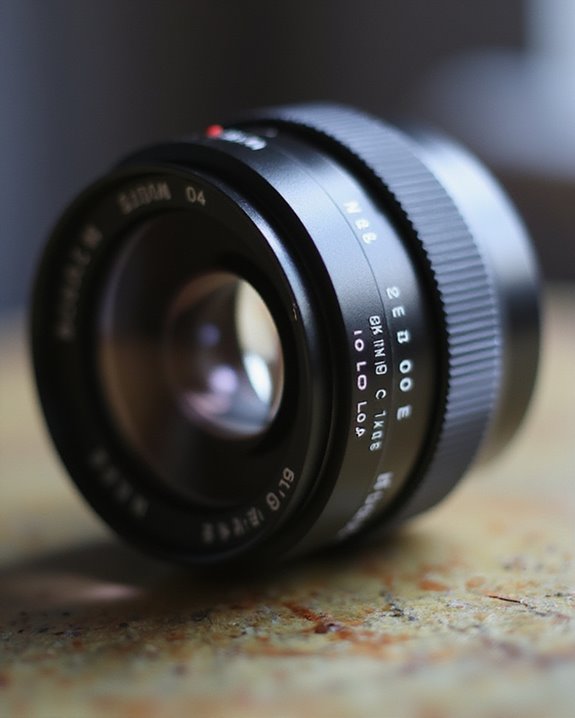Camera lenses do not increase a camera’s megapixels, which are determined solely by the sensor’s fixed pixel count, such as the 6.1 megapixels in the Nikon D40 or 24.1 megapixels in the Canon EOS Rebel T7. Instead, lenses with resolving power above 60 line pairs per millimeter, like the Sigma Art series, enhance image detail and sharpness on sensors exceeding 24 megapixels by improving micro-contrast and minimizing aberrations, as seen in MTF values over 0.5 at 30 LP/MM. Further analysis of lens-sensor dynamics provides additional performance insights.
Key Takeaways
- Megapixels are determined solely by the camera’s sensor and cannot be increased by any lens.
- A lens improves image sharpness and detail but does not add more megapixels to the sensor.
- High-resolution lenses optimize existing megapixels without altering the total count.
- Even with superior lenses, the effective megapixel number remains fixed by the sensor’s hardware.
- For example, a 6.1 MP sensor like in the Nikon D40 stays at 6.1 MP regardless of lens changes.
Megapixels and Sensor Fundamentals
Megapixels, as a core element of camera sensor fundamentals, are determined solely by the sensor’s resolution, such as the Nikon D40’s fixed 6.1 MP configuration, which captures images in a precise 3008 by 2000 pixel grid. The sensor, a critical component, establishes megapixels as the total pixel count, here 6.1 million, remaining constant regardless of external factors. Resolution, defined by this grid, dictates image detail potential; for instance, higher-resolution sensors exceeding 24 MP enable greater detail capture through increased pixel density. Specifically, the Nikon D40’s sensor measures 3008 pixels horizontally and 2000 vertically, yielding exactly 6,016,000 pixels. Comparative analysis shows that while basic sensors like this offer standard performance, advanced ones enhance resolution capabilities, ensuring precise image fidelity without alteration from other elements. Therefore, sensor resolution fundamentally governs megapixels, maintaining inherent technical integrity. For example, modern cameras like the Canon EOS Rebel T7 incorporate 24.1-megapixel sensors to deliver enhanced image quality while upholding this core principle.
Lens Influence on Image Resolution
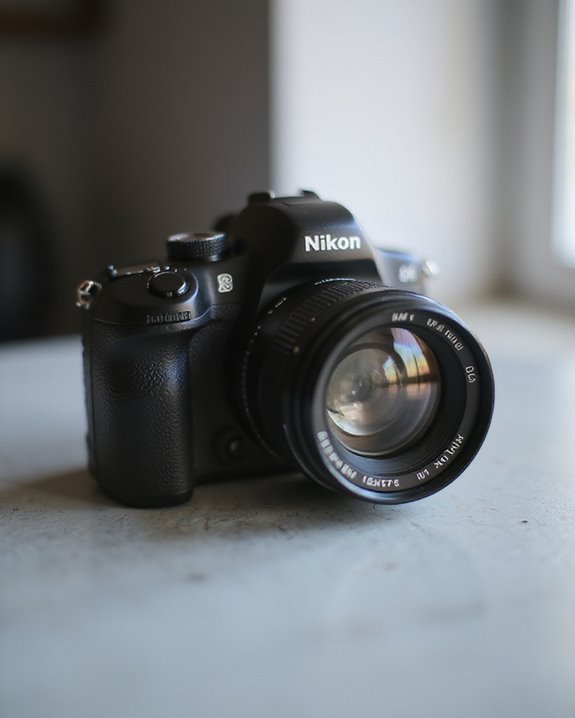
The influence of a camera lens on image resolution, while not altering a sensor’s inherent megapixel count, fundamentally enhances the effective capture of image details through improved optical performance. Lens resolution, measured in line pairs per millimeter (LP/MM), such as exceeding 60 LP/MM in high-quality lenses, minimizes aberrations to maximize higher resolution and detail captured. For instance, sharper lenses like the Sigma Art series outperform cheaper zooms on low-MP cameras by reducing pixel waste, thereby amplifying effective resolution. Narrower focal lengths, such as a 50mm lens, concentrate pixels on subjects for finer detail compared to wider 24mm lenses, which spread pixels and diminish per-area sharpness. Lenses with superior micro-contrast, like the RF 50mm f1.8 STM on sensors below 24MP, enhance perceived resolution, as confirmed by Lensrentals’ analysis that overall image resolution results from combined lens and sensor capabilities. Furthermore, lenses such as the Sigma 24-105mm F4.0 Art deliver corner-to-corner sharpness across their focal range, further improving the utilization of the camera’s megapixels for superior image quality.
Interactions Between Lenses and Sensors
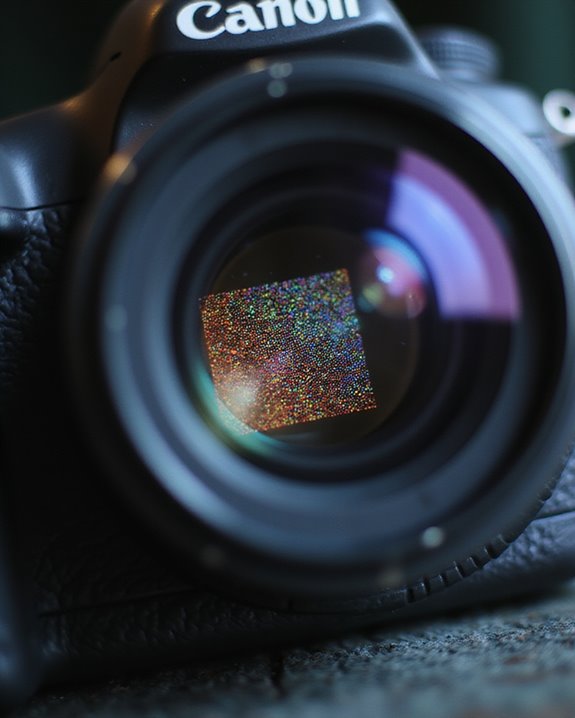
Interactions between lenses and sensors, pivotal in digital photography, dictate the effective resolution of captured images by combining optical and electronic capabilities, as evidenced in systems where sharper lenses exceeding 60 LP/MM optimize sensors above 24 megapixels for enhanced detail retention. Sensor size influences this interaction, as larger sensors demand lenses that can resolve finer details to maximize the number of megapixels, preventing resolution losses from aberrations. For instance, the overall MTF, calculated as the product of lens and sensor MTFs, shows that upgrading a low-resolving lens on a high-megapixel sensor, such as from 6MP to 80MP, yields significant improvements, as seen in tests with Sigma Art lenses. Mismatches, like using an APS-C lens on a full-frame sensor, reduce effective megapixels to around 11MP due to vignetting, underscoring interdependence for ideal detail capture. High-quality lenses enhance micro-contrast, allowing sensors to record accurate details up to 200MP equivalents in pixel shift scenarios. Moreover, in cameras like the Canon EOS R100, the APS-C sensors with 24.1MP resolution demonstrate how appropriate lenses can mitigate the effects of crop factors to maintain high detail.
Practical Effects of Lens Quality
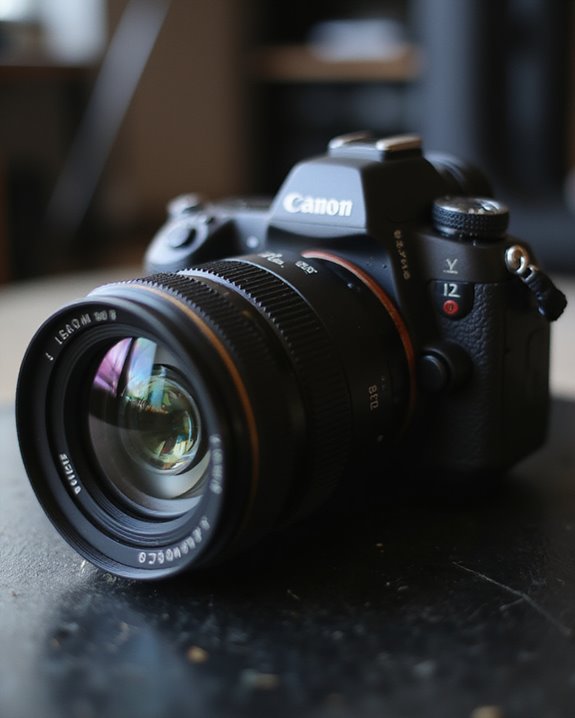
Lens quality directly determines the effective utilization of a camera’s megapixels, as superior resolving power, such as exceeding 60 line pairs per millimeter (LP/MM), enables sensors to capture finer details without optical aberrations limiting performance. A better lens, like the Sigma Art series, enhances detail and resolution sensor capabilities, demonstrating improved micro-contrast on sensors above 24MP through higher MTF values, which measure contrast at specific frequencies, often surpassing 0.5 at 30 LP/MM in tests. In contrast, the Canon EF 50/1.8 II introduces glare, reducing effective resolution by up to 20%, as artifacts limit detail in real-world scenarios. Upgrading to sharper optics, such as the RF 50mm f1.8 STM, amplifies perceptual benefits, with combined MTF improvements yielding 3D pop effects that maximize megapixel utility in detailed photography.
Myths and Realities of Lens Performance
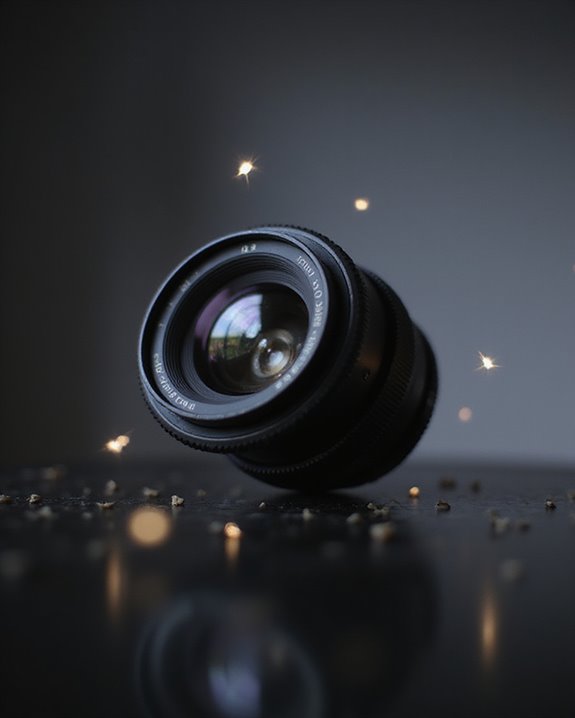
Misconceptions about lens performance often arise in discussions of camera optics, particularly concerning their impact on sensor resolution and overall image quality. Older lenses, such as the 1950s Summicron, effectively resolve higher megapixel sensors up to 80MP equivalents in user tests, debunking myths that they limit resolution on modern cameras. A resolution camera’s overall image resolution depends on both lens and sensor, as Lensrentals expert Roger Cicala notes; lenses must achieve at least 60 LP/MM to avoid reducing effective resolution and wasting pixels. The myth that lenses “outresolve” sensors is unfounded, with actual performance evaluated through real photos rather than MTF charts, which overlook aliasing artifacts like those in the Canon EF 50/1.8 II. In reality, megapixels remain fixed by the sensor, such as the Nikon D40’s 6.1 MP, irrespective of lens changes, emphasizing integrated system optimization for precise imaging outcomes.
Frequently Asked Questions
Does Lens Improve Camera Quality?
A lens improves camera quality by enhancing optical performance through advanced lens material, which reduces distortions and aberrations. Effective distortion control guarantees sharper images, better contrast, and minimized artifacts, elevating overall photographic results.
How Can I Increase the Megapixels of My Camera?
Ironically, in photography’s quest for sharper visuals, lenses offer no megapixel magic. Instead, sensor upgrades replace hardware limitations, while software interpolation and resolution editing enhance images through clever digital stitching and refinement.
Is a 12MP Camera Better Than a 48MP Camera?
Whether a 12MP camera is better than a 48MP one involves Megapixel Myths, where higher megapixels don’t guarantee superior quality. Sensor Impact and Noise Levels are key; larger sensors can reduce noise in low light, affecting overall performance.
Is a 1.4 or 2.8 Lens Better?
In the exhilarating world of photography, a 1.4 lens triumphs with its extraordinary Aperture Speed, crafting mesmerizing Bokeh Effects and superior Light Performance in low-light scenarios, though a 2.8 lens offers reliable sharpness and consistency.




